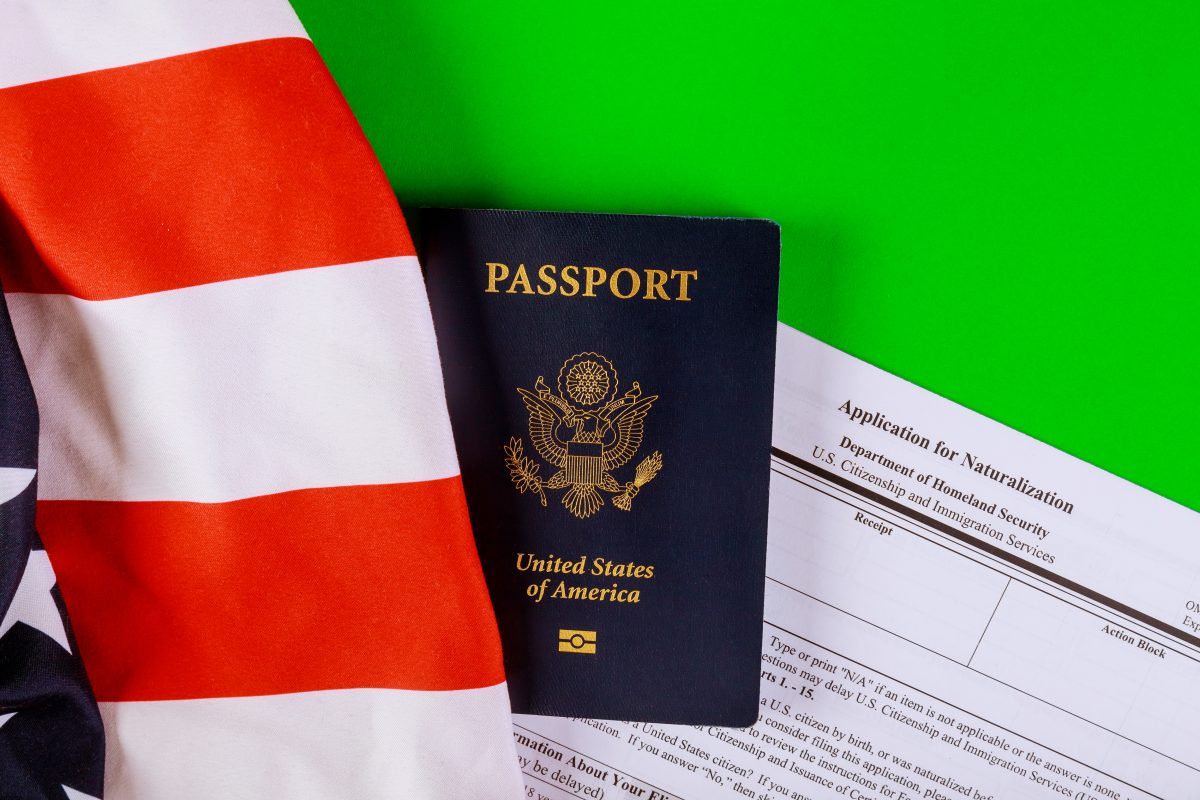How to Expedite a Green Card in 2025: Step-by-Step Guide to Speed Up the Process
The process of obtaining a U.S. green card in 2025 can feel like a long, frustrating wait. As of this year, processing times for many immigration categories have increased due to policy backlogs, rising demand, and administrative delays. Whether you’re applying through family sponsorship, employment, or humanitarian grounds, knowing how to expedite a green card in 2025 can make a significant difference.

This article provides a step-by-step guide to fast-tracking your green card application, including who qualifies for expedited processing, how to submit a request, and alternate routes to speed up the process. With the right knowledge and documentation, you can avoid unnecessary delays and move closer to permanent residency in the U.S.
Why Is Green Card Processing So Slow in 2025?
Key Factors Behind the Delays
Understanding the causes of delay is essential to formulating an expedite strategy. Some of the main contributors include:
- COVID-era backlog still affecting USCIS workflows
- Annual visa caps and country-specific limits
- Retrogression of priority dates in high-demand categories
- Increased application volume in family and employment-based routes
- USCIS staffing shortages and funding issues
Due to these challenges, green card processing times range from 12 months to several years depending on your category.
Who Qualifies for Expedited Green Card Processing?
USCIS Expedite Request Criteria
USCIS may consider expediting a green card case only if it meets specific conditions. These include:
- Severe financial loss to a person or company
- Emergency situations (e.g., life-threatening illness or humanitarian crisis)
- U.S. government interest (such as national security or critical public needs)
- Nonprofit work tied to cultural, social, or medical impact
- Clear USCIS error or undue delay
✅ Tip: An expedite request must be supported with concrete evidence and compelling reasoning.
Top 5 Ways to Expedite a Green Card in 2025
1. Submit an Expedite Request to USCIS
You can file a formal expedite request once your Form I-485 or immigrant petition is pending.
How to Request Expedite:
- Contact USCIS Contact Center (1-800-375-5283) or
- Submit a request through your USCIS online account
Required Information:
- Case receipt number
- Personal statement explaining urgency
- Supporting documents (e.g., medical records, financial losses, letters)
USCIS Response: Typically within 15–30 business days. You may receive:
- An approval (case moved forward),
- A Request for Evidence (RFE), or
- A denial without affecting your standard timeline.
2. Ask for Congressional Assistance
Your local congressional representative can request a status update or expedite consideration for compelling cases.
Scenarios Where It Helps:
- Family reunification during critical illness
- Risk of child “aging out” of eligibility
- Delays causing employment hardship
How to Start:
- Go to house.gov or senate.gov
- Locate your representative
- Fill out a privacy release form and submit a written request
Note: Congressional offices can’t guarantee approval, but their involvement often moves the case faster.
3. Premium Processing (For Employment-Based Petitions)
Though Form I-485 is not eligible for premium processing, you can use it for Form I-140 (employment-based immigrant petitions).
Key Benefits:
- 15–45 days turnaround time
- Applicable for EB-1, EB-2, and EB-3 categories
- Helps in early Adjustment of Status (AOS) eligibility
2025 Premium Processing Fee:
- Approximately $2,805 depending on the form category
Pro Tip: Using premium processing for your I-140 can accelerate the entire green card timeline if your priority date is current.
4. Advance Parole & Humanitarian Parole
If you’re facing urgent travel needs while awaiting green card approval, you may qualify for advance parole or humanitarian parole.
Valid Use Cases:
- Attending a critically ill family member abroad
- Medical treatment not available in the U.S.
- Humanitarian crises like war or displacement
Application Forms:
- Form I-131 (for travel documentation)
- Supporting proof of your emergency situation
🚨 Reminder: Traveling without parole while your I-485 is pending can lead to abandonment of your application.
5. Writ of Mandamus Lawsuit (For Extreme Delays)
When you’ve tried everything and your case has been stuck without decision for 12+ months, you may consider filing a mandamus lawsuit.
What It Does:
- Legally compels USCIS to take action on your case
- Forces a response, but doesn’t guarantee approval
When to Use:
- You’ve exhausted all other expedite options
- Your case is clearly outside USCIS’s normal processing window
Legal Help: It’s strongly advised to hire an experienced immigration attorney to file this lawsuit in federal court.
How to Strengthen Your Expedite Request
Key Elements of a Strong Case:
✅ Clear, concise explanation of your urgency
✅ Official documentation supporting your claim
✅ Legal references (where applicable)
✅ Endorsements from employers, medical professionals, or NGOs
Sample Supporting Documents:
- Doctor’s letter for medical emergencies
- Employer statement detailing job impact
- Eviction notice or foreclosure notice
- Government agency letters indicating national interest
Tips for a Successful Expedite Strategy
- Apply early: Don’t wait until your case is delayed.
- Track your case on the USCIS website regularly.
- Avoid repeat requests unless circumstances change.
- Stay organized: Keep all documents, forms, and receipts accessible.
- Be patient but persistent: Some approvals happen after follow-ups.
Case Categories and Their Expedite Potential
Family-Based Green Cards
Expedite More Likely When:
- Petitioner is gravely ill
- Applicant is at risk of aging out
- Family is facing financial crisis
Employment-Based Green Cards
Expedite More Likely When:
- Employer’s project has national security significance
- Healthcare workers in underserved areas
- Delays threaten critical business operations
Humanitarian Petitions (Asylum, Refugee, VAWA)
Expedite More Likely When:
- Applicant is in active danger or displacement
- Delays risk reunification or mental health
- Documents show violence, abuse, or persecution
What Happens After an Expedite Request?
Outcomes:
- Approved: The case is reviewed faster than normal
- Denied: You continue under standard processing
- Request for Evidence (RFE): Additional documentation needed
USCIS Timeline:
- Expedite decision usually within 1–4 weeks
- Green card decision (if expedited) within weeks to months, not years
Final Thoughts
Learning how to expedite a green card in 2025 gives you a strategic edge in navigating a complex and often slow immigration system. While not everyone qualifies, those who prepare a strong, well-supported expedite request have a real chance to speed up their U.S. permanent residency journey.
Take action early, gather your documents, seek legal advice if necessary, and use all available tools—from Congressional help to premium processing. In today’s immigration landscape, knowledge is your best asset.











